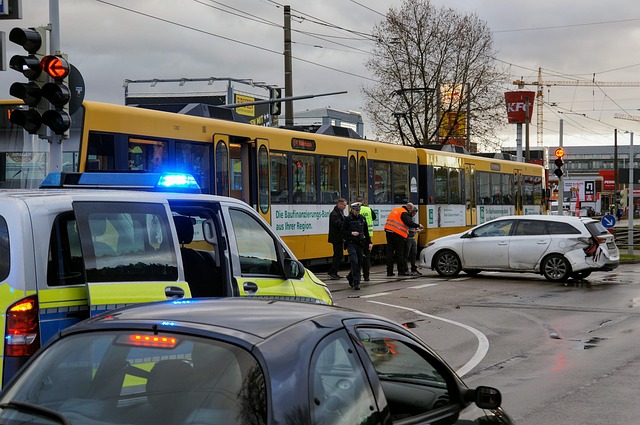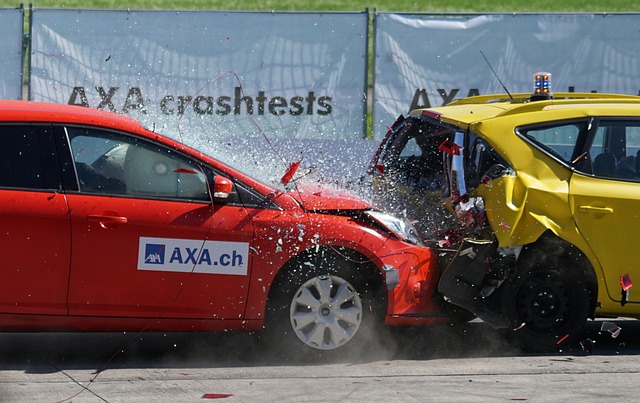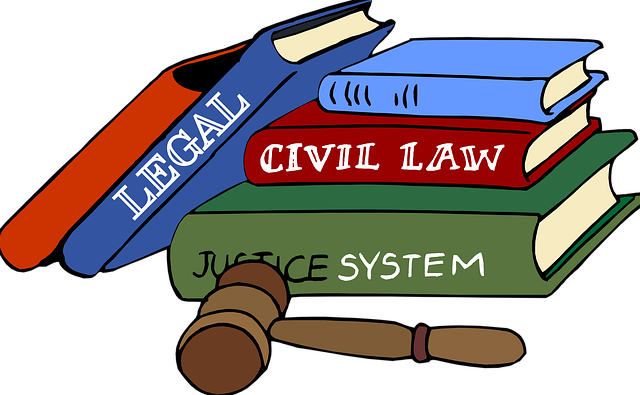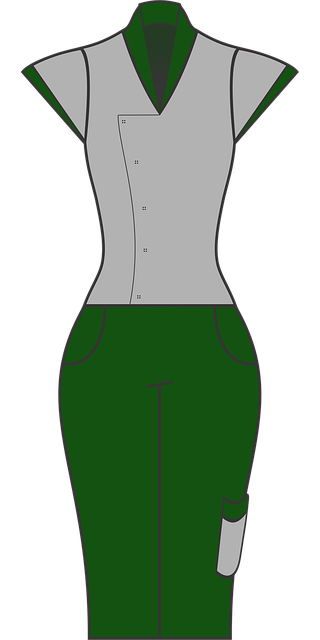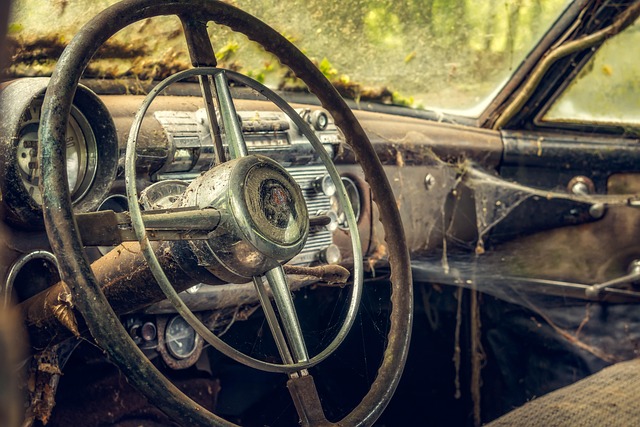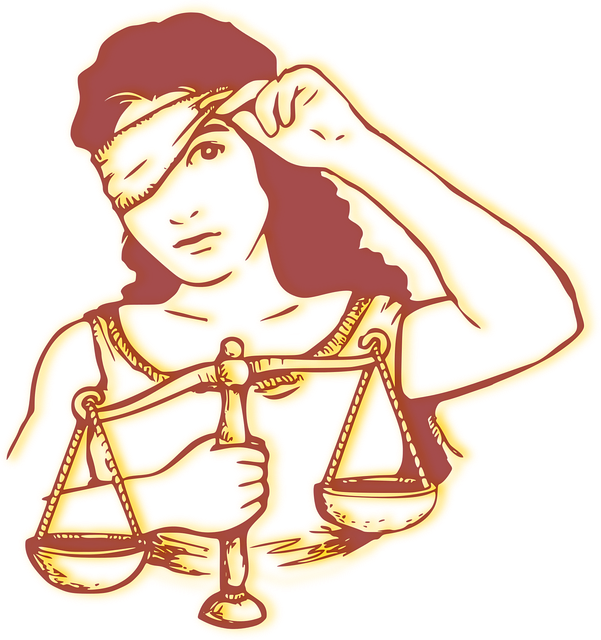In slip and fall negligence cases, property owners have a legal duty to maintain safe premises, preventing foreseeable hazards. Negligence occurs when this duty is breached, leading to injuries. Victims pursuing compensation for car accident-related injuries need experienced legal professionals. Key elements include unsafe conditions like liquid spills or uneven pavement, evidence like witness statements and photos, and knowledge or failure to address the hazard. Liability typically lies with property owners who fail to meet their standard of care, creating unreasonably dangerous situations. These principles apply to various cases involving homeowner insurance claims, public places, and medical malpractice.
In the realm of slip and fall negligence, understanding the duty of care is paramount. This legal concept dictates the level of caution and responsibility required to prevent harm on others’ property. When someone slips and falls due to another’s negligence, establishing duty of care forms the foundation for any subsequent case.
This article navigates the intricate details, from defining key elements in slip and fall cases to clarifying liability—unraveling the legal tapestry that governs these incidents.
- Understanding Duty of Care: The Legal Foundation
- Elements of Slip and Fall Negligence Cases
- Establishing Liability: Who's Responsible?
Understanding Duty of Care: The Legal Foundation
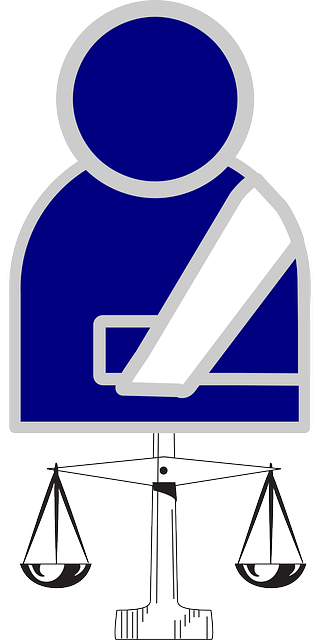
In the context of slip and fall negligence, understanding the duty of care is paramount. The legal foundation of this concept is centered around the responsibility of property owners and occupiers to ensure the safety of those on their premises. This duty extends to preventing foreseeable hazards that could lead to injuries, such as slippery floors or uneven sidewalks. A personal injury attorney specializing in slip and fall cases will often argue that negligence occurs when a property owner fails to exercise reasonable care in maintaining their premises, leading to an individual sustaining injuries due to a fall.
The concept is crucial for victims of slip and fall incidents who seek compensation for their car accident injuries. When a person slips and falls on someone else’s property due to the owner’s negligence, they may have grounds to file a lawsuit against the property owner. A car accident lawyer experienced in handling such cases will assist injured parties in navigating this legal process, ensuring that they receive fair compensation for medical expenses, pain and suffering, and other related damages stemming from car accident injuries caused by slip and fall negligence.
Elements of Slip and Fall Negligence Cases
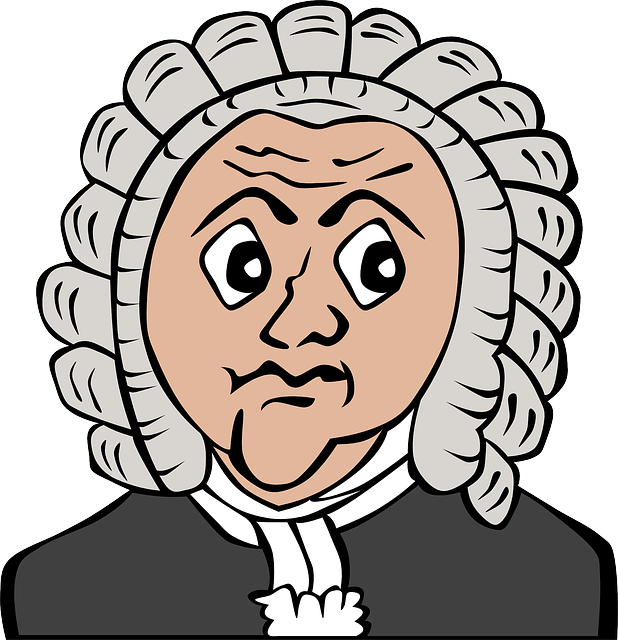
Slip and fall negligence cases are complex, involving several key elements that must be established to prove liability. The first step is to demonstrate that an unsafe condition existed on the property, which could include slippery surfaces from liquid spills, poor lighting, uneven pavement, or debris. It’s crucial to gather evidence such as witness statements and photographs to support these claims.
Additionally, plaintiffs need to show that the property owner or manager had actual or constructive knowledge of this hazard. Actual knowledge refers to direct awareness, while constructive knowledge implies that a reasonable inspection would have revealed the danger. In many cases involving homeowner insurance claims or real estate litigation, understanding these elements is vital to determining liability and securing appropriate injury compensation.
Establishing Liability: Who's Responsible?
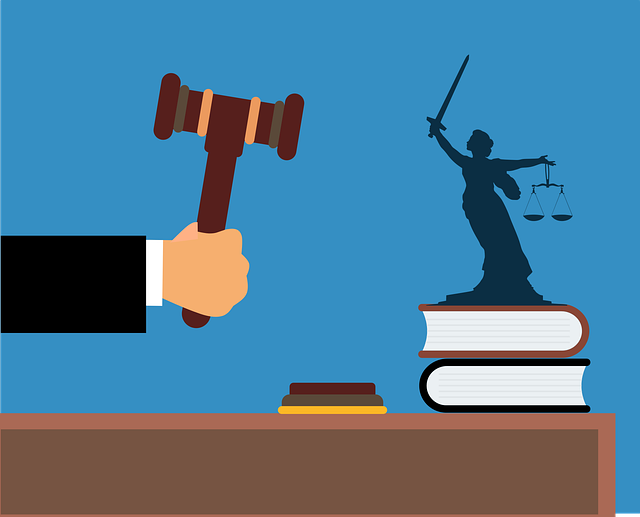
In slip and fall negligence cases, establishing liability is a crucial step to ensure justice for the victim. Responsibility often lies with property owners or occupiers who have a duty to maintain their premises in a safe condition. This includes regular cleaning, removing obstacles, and addressing known hazards. Negligence can be proven if it’s shown that the owner or manager failed to meet this standard of care, leading to an unreasonably dangerous situation. For instance, a homeowner insurance claim for a slip and fall may hinge on demonstrating that the property owner was aware of, or should have been aware of, a wet floor and didn’t take adequate measures to warn visitors or clean it promptly.
Beyond homeowner insurance claims, the principles of slip and fall negligence can extend to various scenarios. In public places, businesses and organizations are held to a higher standard of care. If a customer slips and falls due to an uncleaned spill, for example, the establishment could be held liable. Similarly, medical malpractice cases may involve patients slipping and falling in hospitals or clinics due to poorly maintained facilities or inadequate supervision. While these situations differ from a car accident lawyer’s typical scope, the underlying principles of duty of care and negligence remain consistent across different types of personal injury claims.
In understanding slip and fall negligence, recognizing the duty of care is paramount. This legal concept forms the foundation upon which liability is determined in such cases, ensuring accountability for maintaining safe premises. By grasping the elements that constitute negligence and who bears responsibility, individuals and businesses can better prevent accidents and protect themselves from potential claims. Knowing these principles empowers folks to navigate their rights and responsibilities, fostering a more secure environment for everyone.
